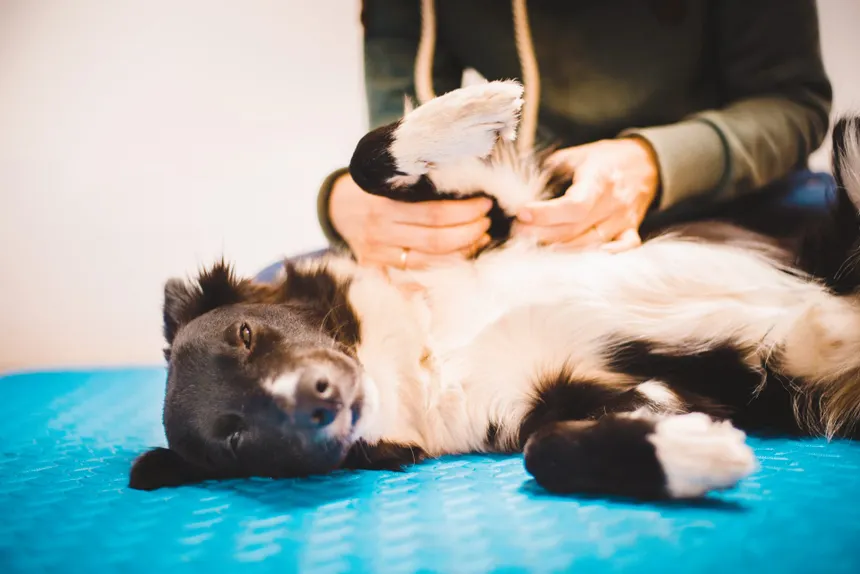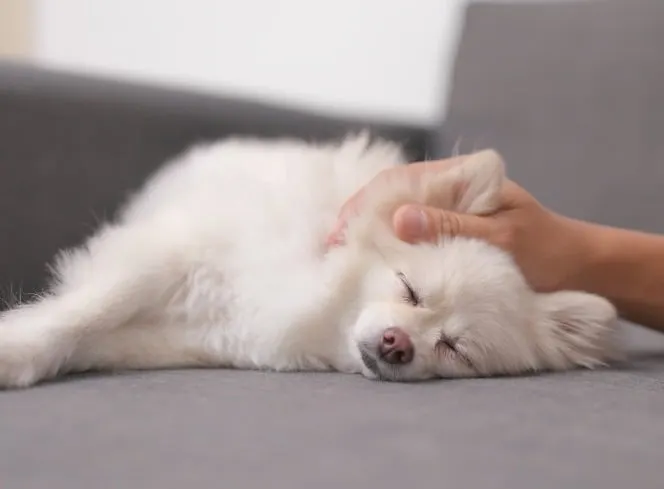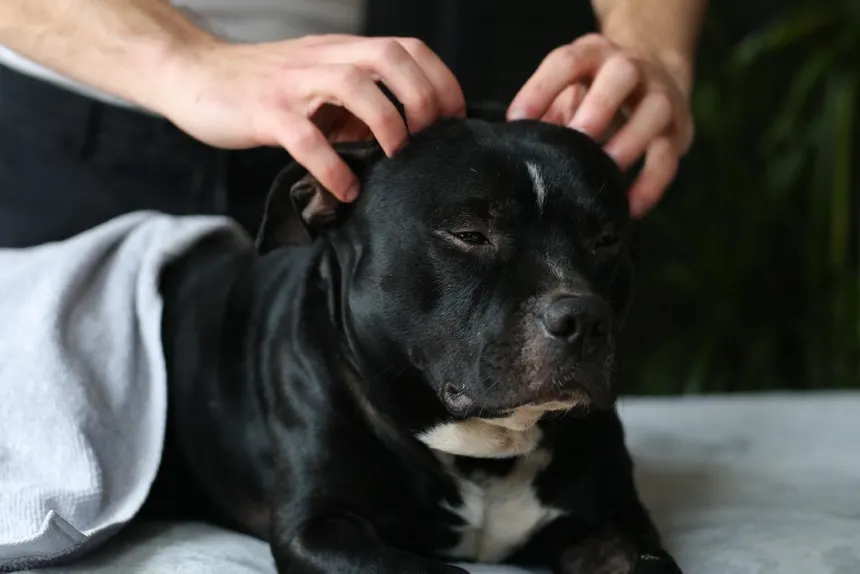The Art and Benefits of Doggie Relaxing Massage

Just like humans, dogs can experience stress, muscle tension, and anxiety. A doggie relaxing massage isn’t just a luxury—it’s a practical wellness tool that can improve your pup’s physical and emotional health. Whether you’re soothing a senior dog’s aching joints or helping an energetic puppy calm down, massage offers numerous benefits when done correctly.
1. What Is a Dog Massage?
Dog massage is the manipulation of a dog’s soft tissues, including muscles, ligaments, and tendons, using gentle techniques to stimulate circulation, ease stiffness, and promote relaxation. It mirrors many aspects of human massage therapy but is tailored to suit canine anatomy and temperament.
2. Benefits of Doggie Massage
Massage isn’t just pampering—it has real physical and emotional effects, such as:
- Stress and anxiety relief
Gentle strokes help calm the nervous system and reduce anxiety, especially helpful for dogs with separation anxiety or phobias (e.g., thunderstorms, fireworks). - Improved circulation
Increases blood and lymph flow, delivering oxygen and nutrients to cells while aiding in detoxification. - Pain and stiffness relief
Beneficial for dogs with arthritis, hip dysplasia, or recovering from surgery or injury. - Enhanced flexibility and mobility
Helps loosen tight muscles and improve joint range of motion—especially great for older or athletic dogs. - Stronger bond
Touch enhances trust and communication between dog and owner, deepening your relationship.
3. When to Consider Massaging Your Dog
Massage is especially helpful in situations such as:
- After a long hike or exercise session
- For older dogs with limited mobility
- During recovery from injury or surgery
- When your dog is anxious or restless
- As part of a daily calming routine
Note: If your dog has an injury, illness, or behavioral issues, consult your vet before beginning massage therapy.

4. How to Prepare for a Relaxing Dog Massage
- Choose a quiet, calm environment – free from loud noises or distractions.
- Ensure your dog is comfortable – a soft blanket or bed is ideal.
- Start when your dog is calm – after a walk or mealtime is best.
- Wash your hands – cleanliness ensures safety, especially for open wounds or sensitive skin.
- Optional: Use a natural, dog-safe massage oil for dry skin or enhanced relaxation.
5. Basic Massage Techniques for Dogs
- Effleurage (light stroking): Start with long, gentle strokes from head to tail to relax the muscles and calm the dog.
- Petrissage (kneading): Use your fingers and thumbs to gently knead larger muscle groups like shoulders, thighs, and back.
- Circular motions: Use small, slow circles on joints and tense areas like the neck and hips.
- Ear rubs: Softly massage the base of the ears—this has a calming effect due to nerve endings located there.
- Paw massage: Gently rub between toes and pads; helpful for dogs who walk on rough surfaces or are sensitive about their paws.
Watch your dog’s body language throughout—if they seem uncomfortable, ease up or stop.
6. Signs Your Dog Is Enjoying the Massage
Look for these cues that your pup is loving the experience:
- Sighing or deep breathing
- Relaxed body posture or stretching
- Tail wagging gently
- Closing eyes or even dozing off
- Leaning into your hands
7. How Often Should You Massage Your Dog?
- General relaxation: 2–3 times a week for 10–15 minutes
- Active or senior dogs: Daily short sessions may be helpful
- Post-surgery or health conditions: Follow vet or canine therapist guidance
8. When Not to Massage
Avoid massage if your dog has:
- Fever, infections, or inflammation
- Open wounds or recent surgical incisions
- Severe pain or unknown lumps
- Skin conditions or contagious illness
- Signs of distress or aggression during massage
When in doubt, consult your veterinarian.
9. Professional Canine Massage Therapists
For targeted therapy, consider hiring a certified canine massage therapist. These professionals are trained to identify muscular issues, manage pain, and tailor massage based on breed, age, and condition.

Conclusion
Doggie relaxing massage is a simple yet powerful way to care for your dog’s body and mind. Whether it’s part of a daily routine or an occasional treat, massage strengthens your bond, boosts your dog’s health, and fills their world with comfort. All it takes is your time, touch, and a little canine intuition.



